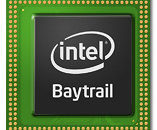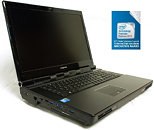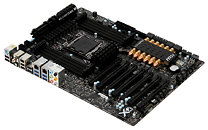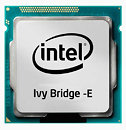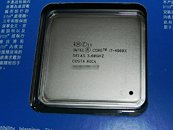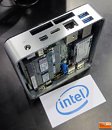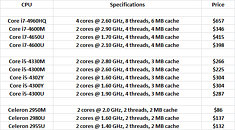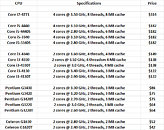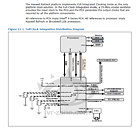
Intel Plans 2014 Retirement for Two Desktop and Three Mobile Ivy Bridge CPUs
Intel Corp. has recently revealed the discontinuance schedule for the 3.2 GHz Core i3-3210 and 3.3 GHz i3-3225 desktop CPUs and the 2.6 GHz Core i7-3720QM, 2.7 GHz i7-3820QM and 2.9 GHz i7-3920XM mobile chips. These are all Ivy Bridge-based models and have been introduced between Q2 2012 and Q1 2013. As usual, the reason for discontinuing the chips is market demand, which is shifting towards newer products.
According to Intel's plans, the boxed and tray versions of the processors will continue to be available for order up until March 28th, 2014, and will ship until September 5th, 2014.
According to Intel's plans, the boxed and tray versions of the processors will continue to be available for order up until March 28th, 2014, and will ship until September 5th, 2014.








